Breaking the mould
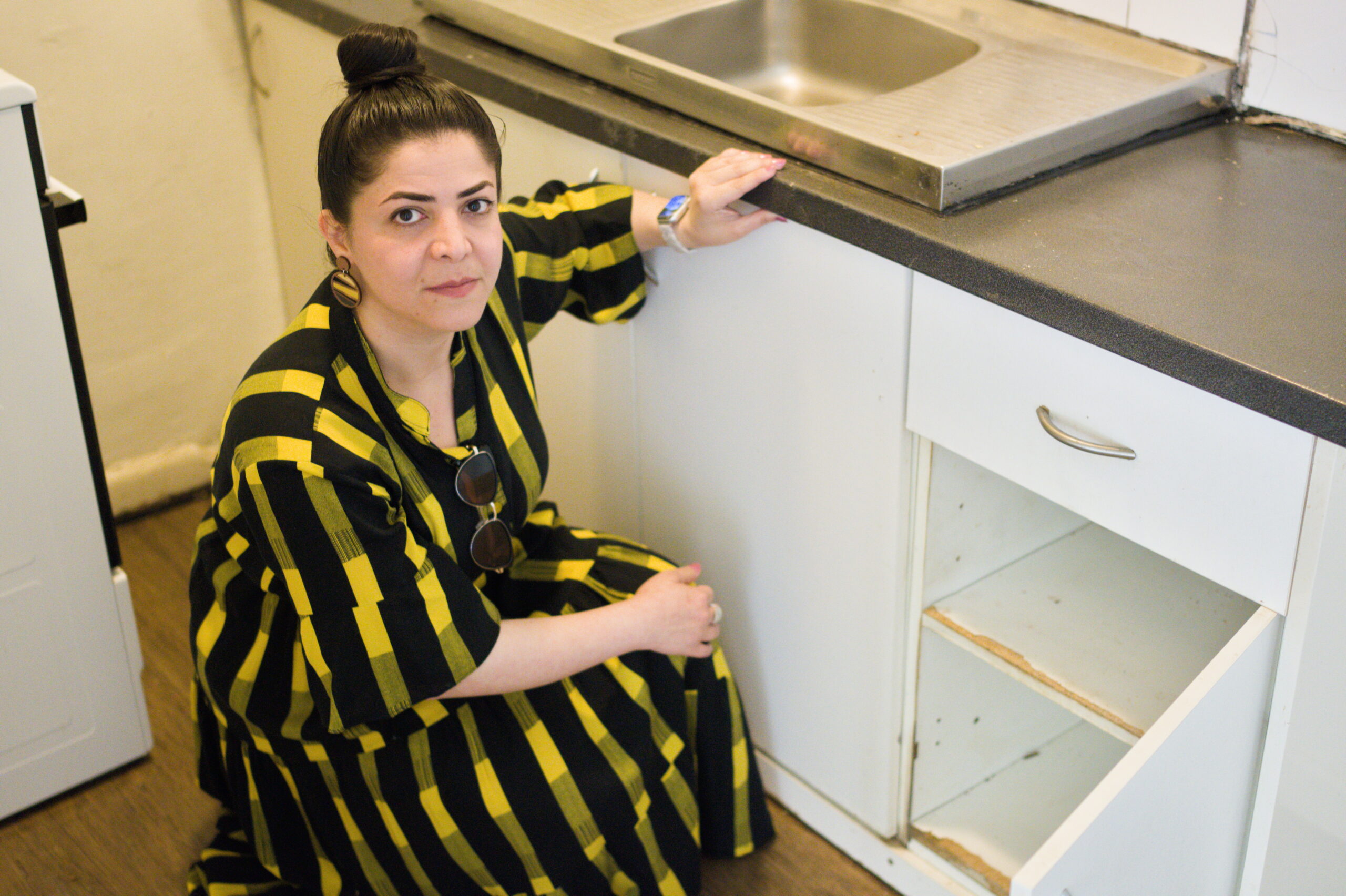
When Dr Mali Rezaei moved into a one-bedroom rental in Melbourne’s southeast in 2021, she had no idea how severely her life would be affected by mould.
For two-and-a-half years, Mali’s home made her sick. The scourge of mould – perhaps not noticeable at first glance, but deeply embedded in the building’s fabric –spread throughout her clothes, her belongings, and eventually her body.
Within a few months she had started experiencing unexplained headaches, coughs, nausea, rashes, and irritated eyes. Furniture she’d spent thousands of dollars on was ruined, and many of her clothes became unwearable. Her social life suffered, as did her performance at work.
Despite being highly educated and able to express herself clearly in her second language – she holds a PhD in education – Mali found herself in an almost powerless position. Multiple complaints to the real estate agents and eventually the Victorian Civil and Administrative Tribunal (VCAT) seemed to fall on deaf ears, and her plight only deepened.
On the day she finally moved out, Mali invited me to see the home that had caused her grief from day one. This is her story.
Never clean
Born and raised in Iran, Mali moved to Melbourne in 2017 to do her PhD at Monash University, having previously studied in Cyprus. Her first two shared houses here were clean and in good condition, so when she decided to move into her own place close to Monash, she didn’t expect to have any problems.
The apartment building in question is a classic of Australian suburbia: a brown brick, two-level complex with a handful of units on each level. It was built during the postwar boom. Mali’s unit is on the ground level closest to the street, with several towering trees blocking out most natural sunlight.
She says when she first inspected the apartment, she noticed what she assumed was some surface-level dirt and grime on the walls. The real estate agent assured her that it would be thoroughly cleaned before she moved in.
Those illusions were quickly shattered.
“The first day I moved in, the smell was overpowering and horrible,” Mali says. “I was crying the whole night, so in the morning I went directly to the agency and told them I wanted to end the lease.
“They panicked. They invited me to sit down with the agent, and I told them that I thought they’d do a deep clean of the property before I moved in. They apologised and said that the issue had happened because nobody had been there for a long time, and that maybe the bad smell was because the previous occupant had a pet.”
Mali took them at their word. She cleaned the apartment thoroughly, thinking she’d done enough to get rid of the smell. But not long later, it all came back.
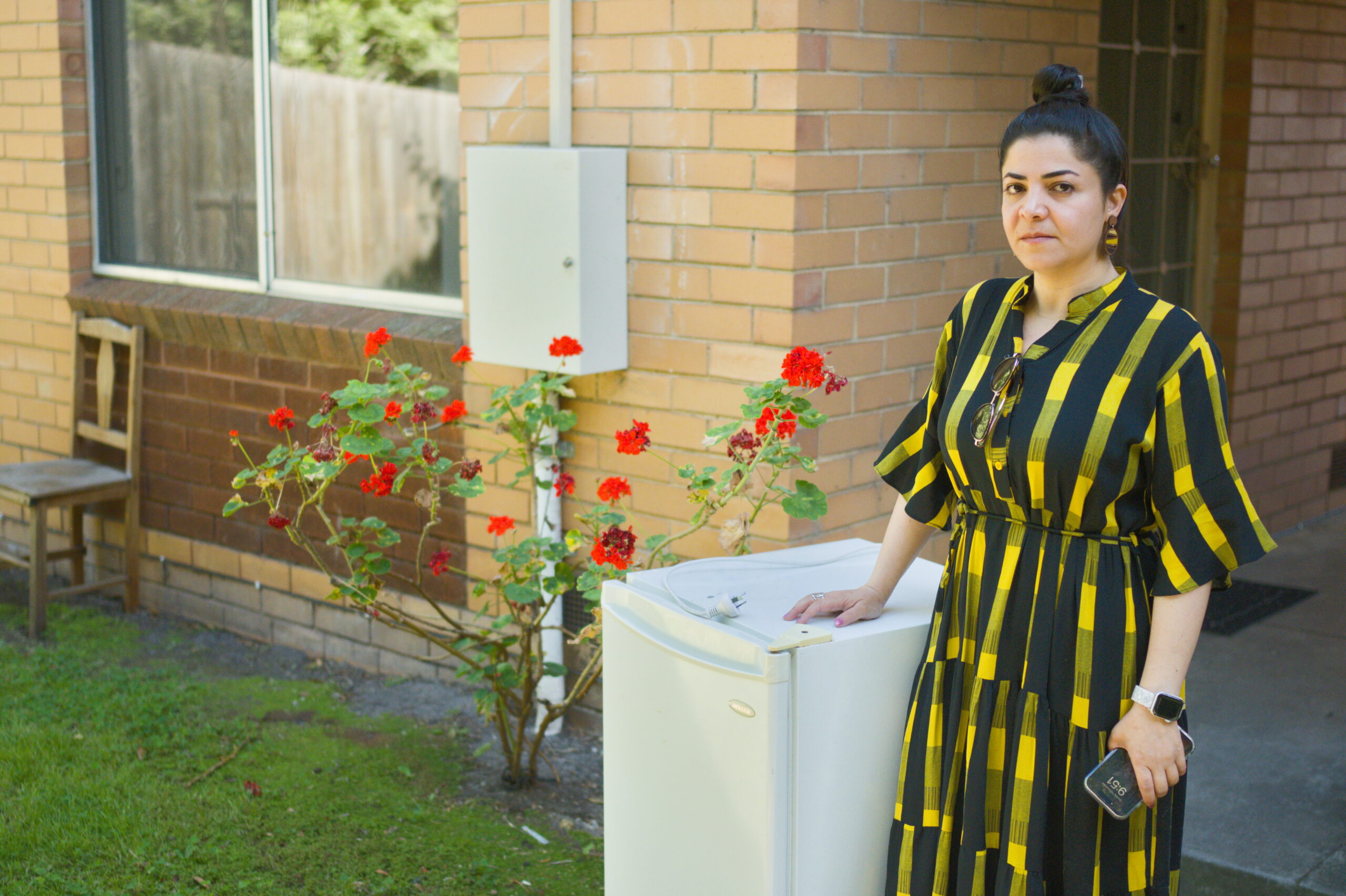

Not just dirty
It took Mali a few months to understand what the real source of the problem was.
“I didn’t realise that the smell was coming from mould, even though it was really strong,” Mali says. “One of the issues is that I wasn’t familiar with the concept of mould, because I’d never lived in conditions like this.”
Even when she realised that this was mould, not surface level dirt, she didn’t fully understand the full ramifications of living in mouldy conditions. And while she knew it wasn’t her fault, she worried that the owner would use it as an excuse to keep her bond.
“I have cleaned all of this, scrubbed it 10 times, because I was afraid they would say I was responsible,” Mali says, pointing to a particularly bad patch on the wall. “Otherwise it would be much worse.”
The fact that she has a cat also became a factor, even though Victorian rental regulations allow tenants to have pets unless landlords can provide a good reason not to.
“It’s much harder when you have a pet,” Mali says. “Even if I’m on the shortlist for some properties, they still prefer to find someone who doesn’t have a pet.
“I was worried that they would blame me for the smell in the apartment because I have a cat.”
The importance of ventilation
The lack of ventilation in the apartment is immediately noticeable from the pervasive stale smell. Mali points out that there is no mechanical ventilation to remove dirty air from the kitchenette, which is connected to the living and dining area. The apartment’s small footprint means that any cooking smells quickly seep into the bedroom, even if the door is closed.
“I couldn’t cook rice or fish because there is no ventilation in the kitchen to remove the steam,” Mali says.
“I had to change my lifestyle to not damage this unit further. It’s terrible. It’s like all the steam and mould is trapped.
“The fire alarm would go off all the time, even when I wasn’t cooking. Perhaps it was because the air was unclean.” According to Fire and Rescue New South Wales, poor ventilation and steam are among the leading causes of false alarms.
Mali shows me the cupboard beneath the kitchen sink, which is visibly infested with mould. She describes the cupboard as “rotten” and says she was never able to use it.
The same lack of ventilation applies in the bathroom, where a broken exhaust fan was never fixed during Mali’s tenancy.
“One expectation was that I should open the bathroom window for ventilation,” Mali says. “That’s okay during summer, but in the winter this unit gets very cold.”
In one of her complaints, Mali requested that air conditioning be installed, both to improve ventilation and heat the unit during winter. The landlord – who owns all the apartments in the building – responded in perhaps the most insulting way possible.
“Because of my complaints, the landlord changed the real estate agent,” Mali says. “They did some superficial renovations and they installed air conditioners in every unit … except mine.”
“It was a good learning experience. This time around when I was inspecting new places, I said the first requirement is that it should have an air conditioner.”
Costly losses
As Mali shows me through the apartment, she points out the hotspots for mould growth. The areas around the single-glazed windows are particularly bad, with cracks appearing in the paintwork and seemingly in the wooden frames themselves. But it’s not until she opens the door to her closet that I can fully appreciate how bad the problem is.
The mould is deeply entrenched in every wall and shelf in the closet. I can only imagine what conditions like this would do to fabric.
“I hung my suit in the closet,” Mali says. “The next month I had a meeting at work, and when I got it out, it was covered in mould.
“I had to throw away all the clothes that were covered in mould.”
It wasn’t just clothes that Mali had to replace at great personal expense. I’m shocked to see some quite ornate furniture on the nature strip, waiting not for the removalists but for the hard rubbish collection.
On closer inspection, this furniture is riddled with mould. None of it came with the unit – Mali had to furnish the place from scratch, and will have to do so in her new apartment too.
“I disposed of everything because I was worried about transferring this mould – this sickness – to the new place,” Mali says.
She estimates that replacing all her furniture and most of her clothes cost several thousand dollars, also factoring in that she needed to pay separate delivery fees for all the new furniture she bought.
“I want compensation for all the furniture I lost because of the mould,” she says. “I’m left with nothing.
“If I had all the furniture, I could have transferred everything in one go with a removalist.”
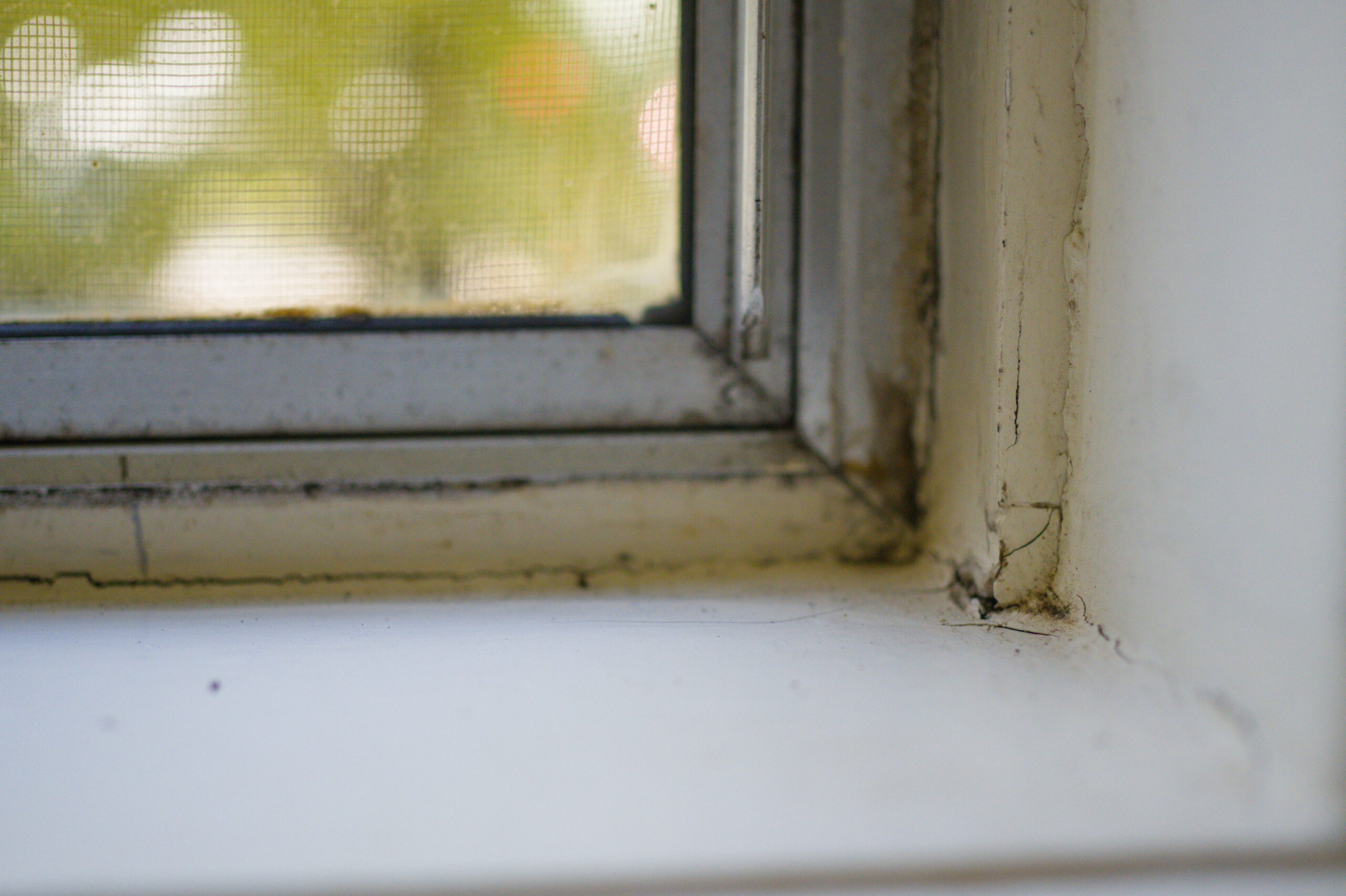

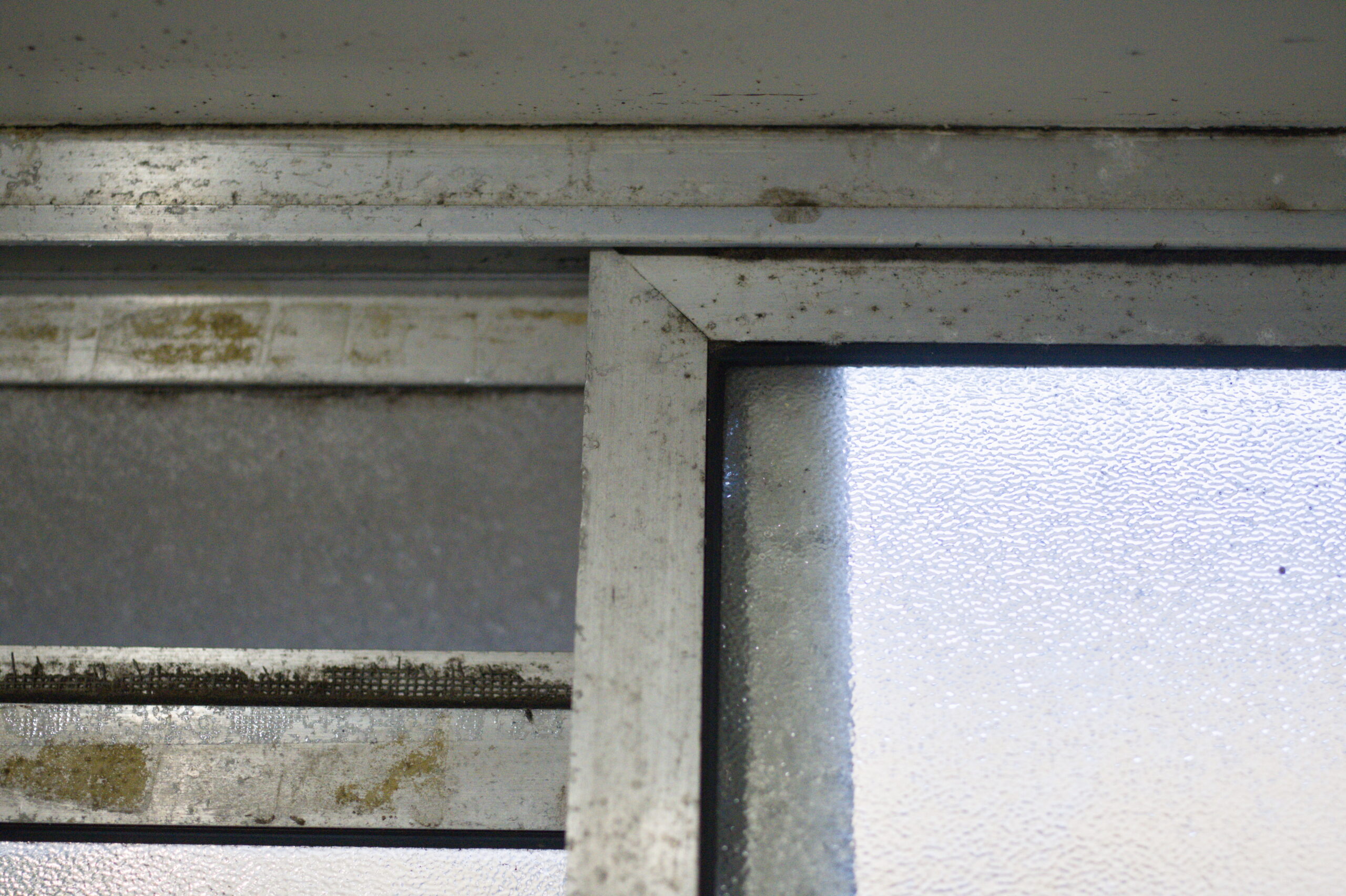

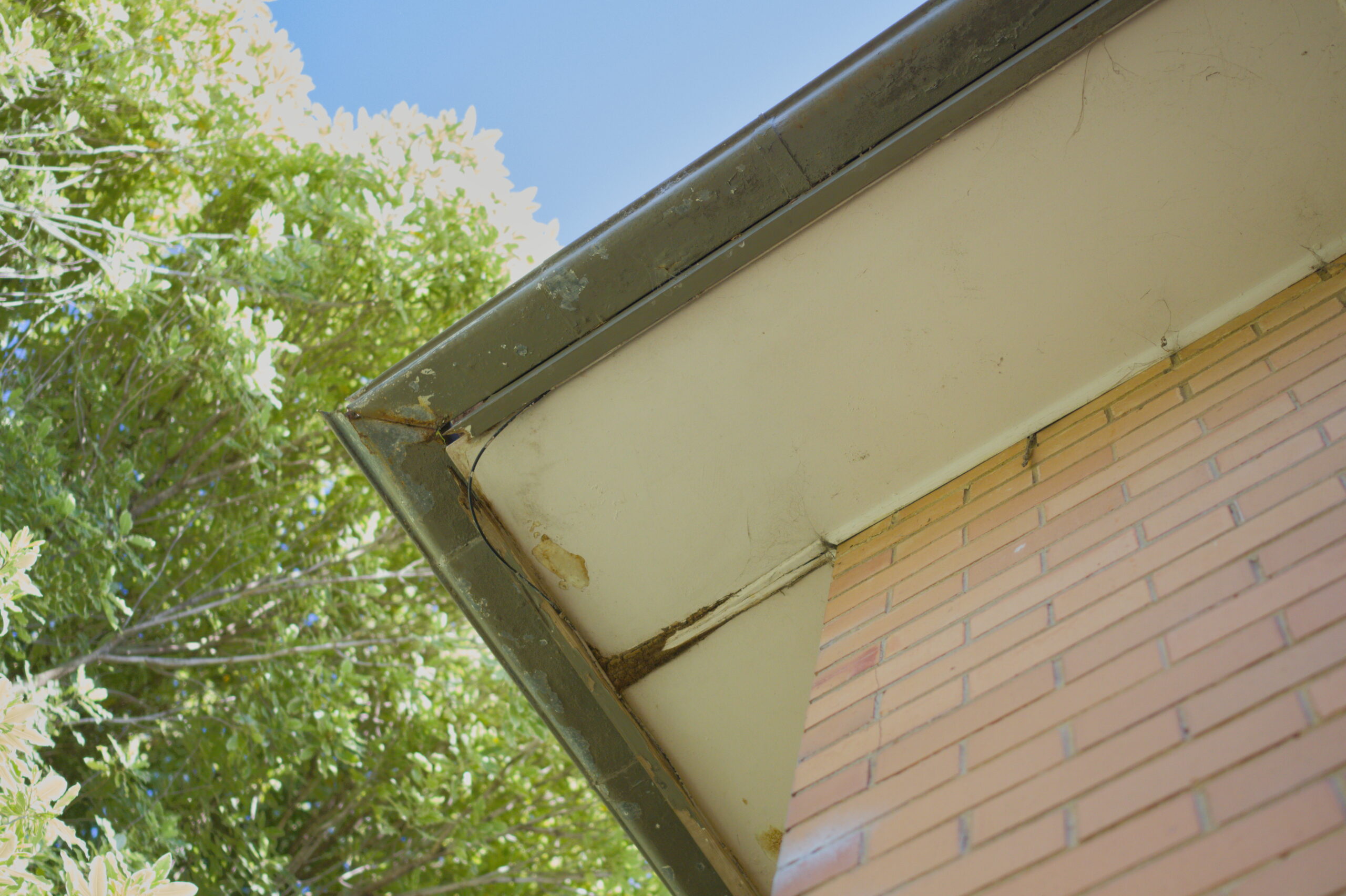

An invisible sickness
The health effects of mould are widely known and acknowledged among the scientific community, but not necessarily within the general public.
Brandon Chappo is Co-Founder and Director of Public Policy for Change the Air Foundation, a US non-profit that works to highlight the importance of improving indoor air quality (IAQ) for occupants’ health and wellbeing. Chappo – who has personal experience with mould exposure – says poor IAQ caused by mould can cause or exacerbate a range of health issues.
“Mould exposure has been associated with asthma, autoimmune diseases, birth defects, skin rashes, cancer, Alzheimer’s, allergies, immunosuppression, chronic liver and kidney diseases, fatigue, lung inflammation, ADHD, and various other medical conditions,” Chappo says.
“In the community we serve we find that mould is either a root cause of these chronic health conditions and disabilities or greatly exacerbates them.”
Mali experienced several of these problems, and they got worse throughout her time in the unit.
“It was after a few months that my health started deteriorating,” she says.
“All the time I had headaches and sore eyes. I regularly visited doctors, who told me they didn’t know what was wrong. I even had a CT scan. Over two years I spent thousands of dollars on my health.
“I thought perhaps I was getting old, because my brain was always foggy.
“Some of the conditions were pre-existing, like migraines,” she adds. “But they were never a huge issue and I could treat them with regular medication. After coming here, it became much more frequent. The problem with the sore eyes became much worse – even when I was teaching in class, I’d be shedding tears.
“When the headaches and nausea became non-stop, I realised that it was because of the mould.”
It wasn’t just her body that suffered – her mind felt the effects too.
“The damage is much more than you think – the mental strain and everything. I wish I were in a better financial situation, because it’s humiliating for me.”
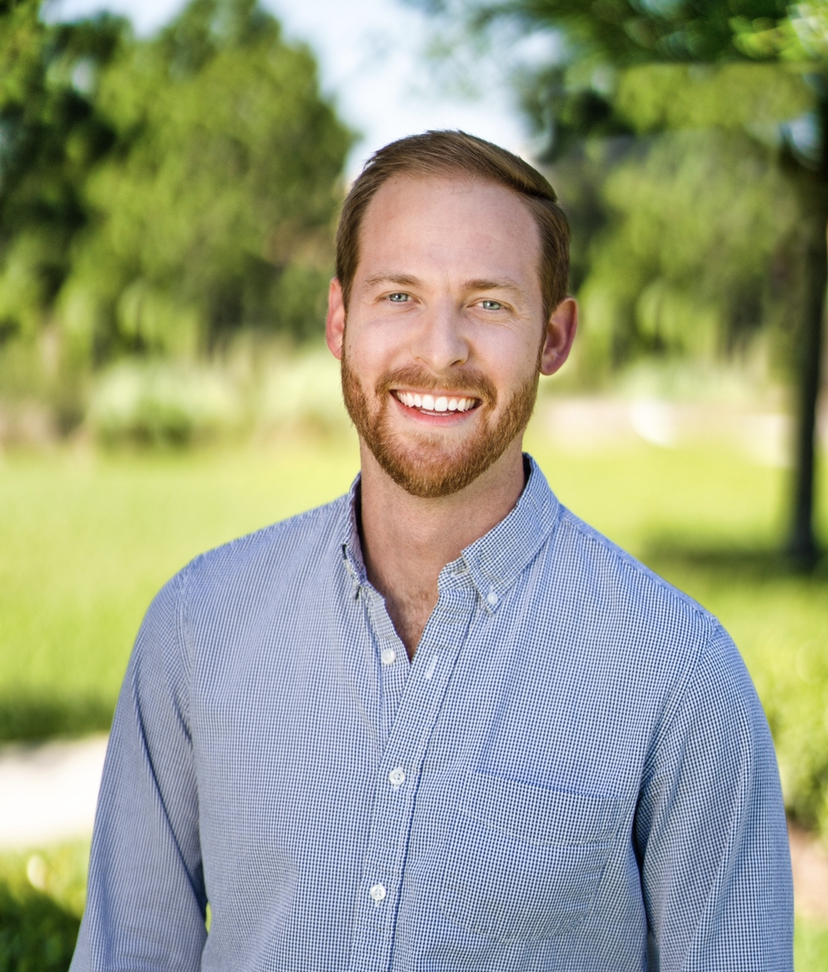

“I’d expect landlords to provide a habitable living environment for tenants that they are charging to stay within their unit.”
Brandon Chappo, Co-Founder and Director of Public Policy for Change the Air Foundation
Bearing the burden
Mali says one of the most galling things about living in a mould-infested apartment is being made to feel responsible for the problem.
“The agents would tell me to use Damp-Rid and try to convince me that this was happening because I didn’t understand how mould works,” she says. “When I told them that there was mould in the apartment and they told me to clean it, that put the burden on me, instead of them sending a professional mould inspector.
“They don’t want to spend any money. For example, they pruned the trees because they said they wanted my unit to get sunlight. They just go for the surface-level, ineffective solutions.”
She says it’s unfair to ask tenants to fix a problem they didn’t cause and don’t have the tools to remedy.
“You shouldn’t have the right to expose people to unhealthy conditions like this – it should be illegal,” she says. “If you don’t want to fix the problem or you can’t afford to fix it, you should not be allowed to rent it to somebody.”
The extent of the problem
Professor Rebecca Bentley and her team conduct research into residential mould, uncovering some staggering statistics showing the extent of the problem and the health effects it has on people nationwide.
“We estimate that between a quarter and a third of homes in Australia have damp and mould, with 10% experiencing severe mould,” Bentley says.
“We estimate that if mould was eradicated from housing – if we could wave a magic wand – then we would gain 109,000 health-adjusted life years over the next 20 years and save $2.82 billion in healthcare costs.”
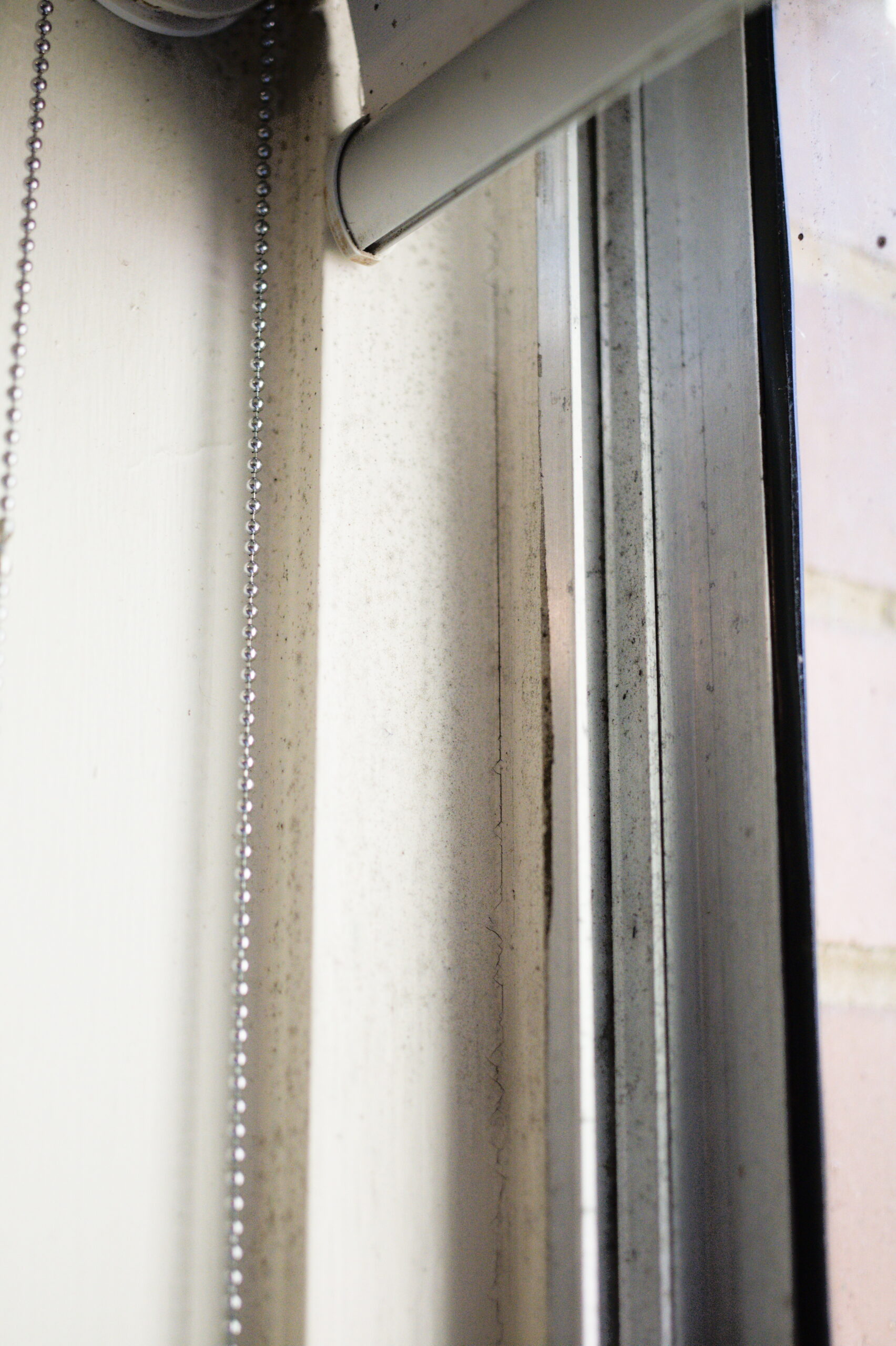



Regulation concerns
Professor Rebecca Bentley is the Director of the NHMRC Centre of Research Excellence in Healthy Housing at the University of Melbourne. She calls for more consistent regulations and more reliable enforcement to protect tenants.
“I would argue for consistency across states and territories in rental regulations relating to damp and mould,” Bentley says. “I’d also push for stronger enforcement and clearer guidance on responsibility for remediation.”
She also says HVAC professionals have a role to play in preventing mould by “ensuring systems are well maintained, fit for their location and correctly sized.”
Chappo agrees that owners and real estate agents should take responsibility for remediating the problem rather than expecting tenants to solve it.
“I’d expect landlords to provide a habitable living environment for tenants that they are charging to stay within their unit,” Chappo says. “That means that if there are any leaks, higher humidity, or any water damage – current or past – they would be taken care of with the same sense of timely urgency that one would treat other hazards such as lead, asbestos and radon.
“If they suspected mould and water damage, they would need to find a certified indoor environmental professional to do a full work-up of the home or rental unit, and a certified or licensed mould remediation company.”
He says real estate agents also have an important role to play, suggesting they should be more proactive in identifying and fixing issues before they start to impact tenants’ health and happiness.
“I would hope that real estate agents would want to find and sell the safest and healthiest homes for their clients and their clients’ family,” Chappo says. “Doing a bit more digging into the history of the home and also being educated on signs of water damage or moisture is key in their assessment of each home with the client.
“They should ask themselves: would I feel comfortable having my family live in this house?”
Common concerns
While we’re inspecting the outside of the unit, Mali points up to a cracked gutter at the corner of the building. She shows me a video she took during a storm, which shows rainwater cascading through the crack and down to the mud and grass below. There is no drainage on the ground – the water pools outside the walls of her unit, surely contributing to the mould and moisture that seeps through to the inside.
As we’re talking, one of her neighbours comes outside to say hi. I ask if she’d be happy to provide her perspective on the issue. She agrees, but only on the condition of anonymity, which suggests to me the precarity of her position and a fear that she will be punished for speaking out.
“I have been living here for one-and-a-half years,” the neighbour says. “From the first day we have faced the same mould problem – it’s really bad.
“Sometimes we feel like we have a throat infection and a dry cough,” she says. “We feel like we are sick on the inside. We haven’t been to the doctor because we know what problem is causing this. How can we consult the doctor and how can they help us when we already know the problem?”
The neighbour has explained the problem to the real estate agent but has never made a formal complaint.
“They know – we already informed them,” she says. “Because there is no exhaust in the bathroom, these problems happen. The steam comes into the bedroom and the mould occurs a lot.”
She points out that her busy work schedule makes it difficult to arrange viewings, while financial limitations make it almost impossible to find a better place to live.
“We want to look for somewhere else to live, but because of some financial issues and our future planning, we’re at that stage where we can’t move, but we also can’t stay.”
Finding voice
Mali points out that she and her neighbours – including the woman I just interviewed – have several things in common: they’re all born overseas, they all speak English as a second language, none have Australian citizenship or permanent residency, and they’re all limited financially in a tough rental market.
“This is the landlords’ and agents’ strategy,” Mali says. “If you look at the people who are living here in this building, they give these apartments to people who are afraid and won’t complain. They think that we don’t understand the rules.
“You become aware of the power dynamics. It’s much more difficult to stand up for yourself if you don’t have permanent residency or citizenship, and there is always bias, even if they deny it.”
Although Mali is in a similar position herself, she feels that her education has given her the tools to stand up for her rights as a renter.
“Many of us in this building have these problems with mould, but none of my neighbours have made complaints,” Mali says. “Despite the fact that I don’t have permanent residency in Australia, I still feel that I have some privileges: I can write a good complaint, I can defend myself, and I have Australian connections who can help. This is a privilege that other people don’t have, and that is why I’m making these complaints.”
She has formally complained to the Victorian Civil and Administrative Tribunal (VCAT) seeking compensation for the negative effects of living in mouldy conditions. And while she describes the process as long and draining, she believes it’s the right thing to do.
“I made these complaints because I didn’t want another person to come to this unit and become a victim like I was.”
“They give these apartments to people who are afraid and won’t complain. They think that we don’t understand the rules. .”
Dr Mali Rezaei
Hope for the future
Today is Mali’s last day after two-and-a-half years in the nightmare unit. She can barely contain her excitement at the reality of moving out.
She wants to show me her new place, for which she had to offer well over the asking rate and pay five months’ rent up-front. It’s a five-minute drive away, but it feels worlds apart.
It’s a newer building, it looks clean, and there’s plenty of natural light. Perhaps most importantly, the apartment has air conditioning and working ventilation systems.
Although she’s elated to have escaped, Mali feels for those still stuck in housing that harms them.
“A home is a basic human need,” she says. “Even if you have nothing in the world and no education, you at least need a clean room and a ceiling over your head. Home should be a place where you feel comfortable, and I didn’t have that comfort.”
Ridding herself of the scourge of mould is not just a change of scenery; it’s a chance to start afresh and live a happier, healthier, safer life.
“Home should be a place where you feel comfortable, and I didn’t have that comfort.” ”
Dr Mali Rezaei
Need for change
Brandon Chappo is the Co-Founder and Director of Public Policy for Change the Air Foundation. You can read more about Brandon and the foundation in our interview with him on p38, or click here.
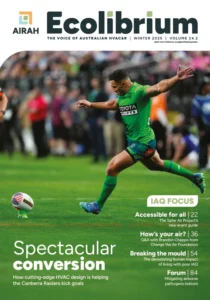
This article appears in Ecolibrium’s Winter 2025 edition
View the archive of previous editions
Latest edition
See everything from the latest edition of Ecolibrium, AIRAH’s official journal.





